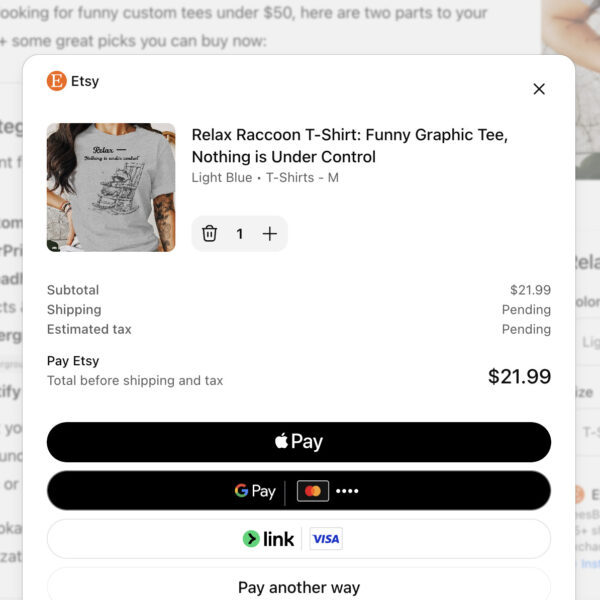
Welcome to Generation Rent: Renting Clothes Is The Future
The Rental Era has arrived. So much so, that this generation is being coined by trend forecasters as “Generation Rent.”
With consumer’s increasing focus on sustainability, social sharing, and experiences rather than things, the rental model is the hero to the shopping we’ve been waiting for. The success of this model stems from its impressive ability to solve the numerous problems facing today’s major retailers and their consumers. With early trailblazers, like Rent The Runway, the shift seen in the retail and ecommerce landscape is apparent and is beckoning other major players to join the rental movement.
Several key launches by large brands in the rental space this year have served as a call-to-action for anyone in the apparel industry.
URBN, inc. (the company that owns Free People, Urban Outfitters, Anthropologie, Terrain..) launched their whimsical, fun, and inexpensive rental business called Nuuly this summer, carrying brands like For Love and Lemons, Lisa Says Gah!, and Loveshack Fancy to name a few. Even fast-fashion brands, like Express, are finding space in the rental model. Other major players include American Eagle with AE Style Drop, VINCE with VINCE Unfold, Rebecca Taylor with Rebecca Taylor Rrntd, and Bloomingdales with My List at Bloomingdales.

Photo Courtesy of Nuuly
The US apparel rental market is projected to reach 2.2 billion by 2022. CaaStles CEO, Christine Hunsicker, says that retailers offering rental subscriptions can generate operating margins of 25 percent, which fairs well in comparison to the profitability of the mid-market fashion sector. (Just for some rental industry knowledge, Hunsicker is the CEO of the company that is building the rental functionality and capability for many of these major fashion brands). Not only is there an opportunity to maintain a healthy margin, but there’s a subscription model in place that keeps customers in a way that traditional retail and ecommerce models don’t.
For the consumer, the subscription or membership aspect of a brand in the rental space is a welcomed feature. Whereas, in traditional ecommerce, it may feel like, “Do I really need 5 new pairs of underwear every month?” By the time the monthly rental period comes to a close, the customer is ready to refresh their closet and try something new. The new subscription period is an exciting opportunity to experiment with new trend and refresh your wardrobe.
In a time where social media reigns, it is important to recognize the role it plays in our behaviors. Even more so, it’s contribution to what we buy.
A new outfit for every post is the standard and many brands are feeling the weight of that. The “buy and return after wearing” is a dilemma– it becomes a complex issue of customer service and also protecting the company from what many in the fashion industry call “Nicks.” (A “Nick” is someone who repeatedly buys and returns items.) This creates an uncomfortable situation for in-store and online customer service reps who want to create a good customer experience while also fighting loss prevention guidelines and return policy abuse.
The rental model enters the picture and allows customers to wear a new outfit for every social post and enables retailers to limit the “Nick” behavior. Beyond that, the rental model creates an exciting opportunity to wear new, expensive clothes every month for a low cost. It’s a win-win, situation.

Photo Courtesy of Rent The Runway
It’s really no secret that fast fashion’s moment is coming to an end. The bankruptcy of Forever 21, Topshop US, Charlotte Russe, Charming Charlie, and several other retailers have given rise to this new era, Generation Rent. The downfall of these retailers shows a move toward a different direction. A move toward brands that listen. Brands that have a voice. Brands that move with their customers and brands that are conscious.
The brands that are making this rental pivot are clearly doing well. Apart from joining the rental bandwagon, these brands are succeeding in ecommerce and brick-and-mortar without it. This is a big deal. These brands are making the move and they don’t have to.
Sources:
https://www.nytimes.com/2018/03/27/business/hm-clothes-stock-sales.html
https://www.cnn.com/2019/09/29/business/forever-21-bankruptcy/index.html
https://www.businessinsider.com/topshop-closes-all-us-stores-2019-5
https://www.thefashionlaw.com/home/retail-woes-a-bankruptcy-timeline
https://chainstoreage.com/finance-0/american-eagle-outfitters-q2-beats-street-amid-strong-aerie-sales
More Articles
Top 20 Shopify Winter ’26 Updates Every ...
Our strategic take on the most important changes from Shopify’s…
Read more
ChatGPT Shopping Research: What It Means for ...
OpenAI just released ChatGPT Shopping Research, and it’s quietly becoming…
Read more
The Best Ecommerce Conferences and Marketing Events ...
Your guide to the most impactful, innovative, and ROI-positive events…
Read more
Powering the Next Era of Digital B2B: ...
Miami-based digital commerce agency Absolute Web has officially joined the…
Read more
OpenAI’s Atlas Browser Is About to Rewrite ...
OpenAI has officially unveiled ChatGPT Atlas, a new AI-powered web…
Read more
Absolute Web Achieves Shopify Platinum Partner Status
Big news 🚨 Absolute Web has officially been recognized as…
Read more
The Next Frontier in Ecommerce: Buying Directly ...
The news is out: OpenAI unveiled a major leap in…
Read more
Absolute Web’s ShopTalk Fall 2025 Review: AI ...
AI That Actually Moves KPIs – Who We Spoke To…
Read more
Social Feed









